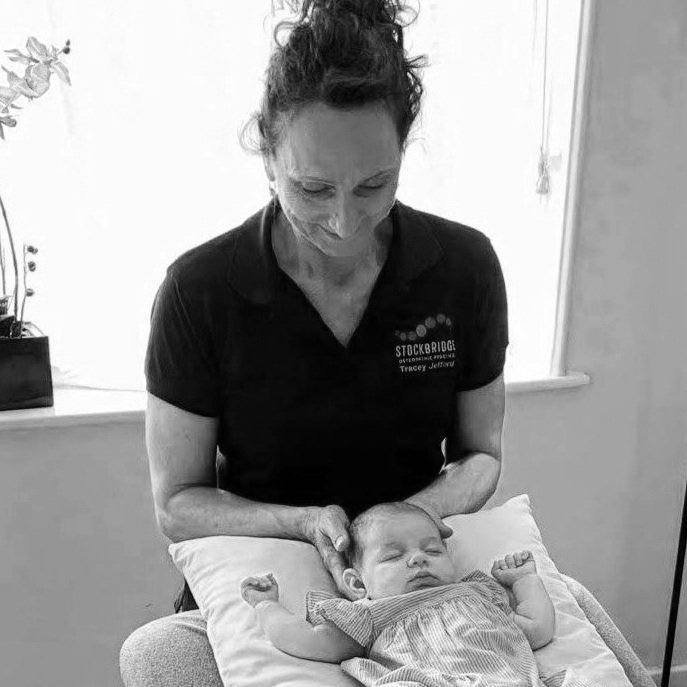Getting better and staying better – How To?
Getting better and staying better – How To?
The aim of Osteopathy is to address the cause of a person’s pain, stimulate the natural healing response and treat the structure of the body to improve its function.
But once the healing process is well on its way, and you are feeling better, how can you maintain your new found wellbeing when life goes on - you have to continue at your desk, drive long distances or keep up your regular run or cycle?
To bounce or not to bounce?
In our 20’s we were still pretty infallible, bouncing nicely out of injury, in our 30’s perhaps it takes a few more days, and come the 40’s plus, niggles can continue and injury or strain becomes harder to shake off.
As early as our mid 30’s the degenerative process starts, the rate and location is very dependent on lifestyle past and present, family history, and previous injury. Spinal discs are changing their make up, from plump, hydrated cushions to dryer, thinner pads! This change can create a vulnerability and it is this period when you are most likely to suffer a disc bulge or injured disc. Circulation and drainage is not what it was and our soft tissues lose their elasticity.
So, how can we get better and stay better?
Here is a clever graph to show the route to success:
The Wellbeing Curve
At the point we experience pain, wellbeing declines, and we feel a forced change in our lifestyle (perhaps we can’t exercise how or when we like, or work a full day), this triggers a call for help, usually having tried to ignore the pain for several weeks.
Treatment begins, and occasionally there is further decline in symptoms 12 to 24 hours after the first session as a result of the body reacting and responding to change.
Usually from the second treatment onwards, there is rapid improvement and relief of symptoms. As improvement continues, there is the temptation to stop treatment in this ‘improving’ stage. If treatment is stopped as you are crossing back over the ‘trigger point’ line, the problem almost always reoccurs and wellbeing declines again.
Stick to the plan
The ideal is to complete the course of treatment recommended by the therapist and reach the area on the graph where you actually improve your overall wellbeing to better than before your health started to decline.
I have lost count of the patients that have said ‘I’ve never felt this good before in my life’ or ‘I feel better than I have done for years’!
Rarely is it possible to completely change lifestyle, work or family commitments in order to maintain the benefits of treatment or to completely avoid strain on the body, so a regular maintenance treatment will then ensure that your wellbeing doesn’t decline again.
It’s time for your body check up
We all commit to regular eye check ups, dental check ups, car check ups, even regular hair appointments, so why omit a body check up?! Maintenance, or MOT type sessions are imperative to hold and prolong the effects of treatment, and to ensure areas of strain are picked up before they become symptomatic thereby slowing down degeneration.
Check ups are also an opportunity to review and update exercise programs, offer a gentle (or sometimes firm!) prod of reminder to check posture, watch time spent at the desk or in the car, experience relaxation and stimulation, and reach greater feelings of wellbeing than ever before!
Ask your Osteopath what maintenance program would be most suitable for you!
Emma Wightman
www.the-sop.com




































